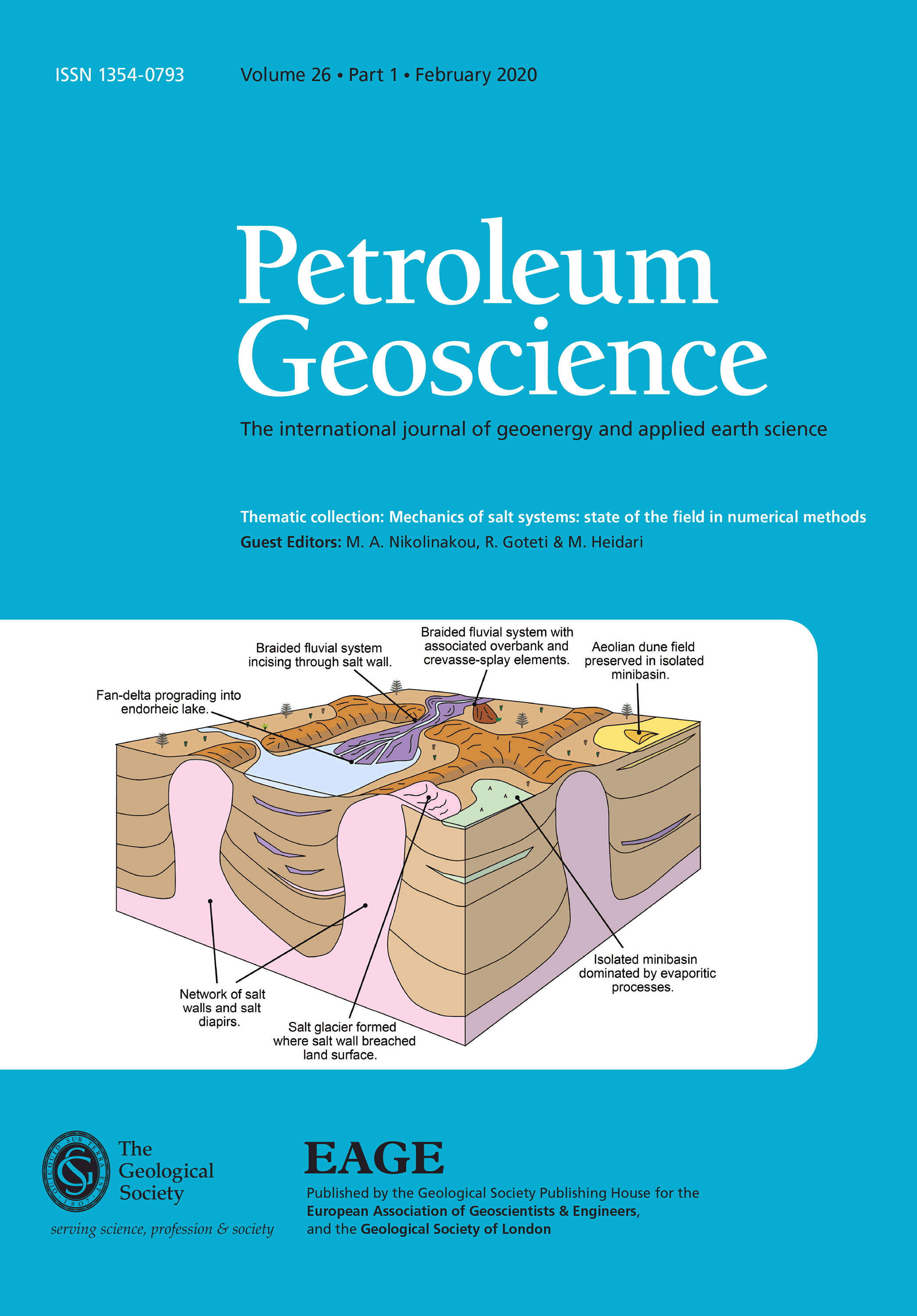
Full text loading...
In many petroleum-bearing, data-poor ‘frontier’ basins, source, reservoir and seal distribution is poorly constrained, making it difficult to identify petroleum systems and play models. However, 3D seismic reflection data provide an opportunity to directly map the 3D distribution of key petroleum system elements, thereby supplementing typically sparse, 1D sedimentary facies information available from wells. Here, we examine the Farsund Basin, an underexplored basin offshore southern Norway. Despite lying in the mature North Sea Basin, the Farsund Basin contains only one well; meaning there remains a poor understanding of its hydrocarbon potential. This east-trending basin is anomalous to the north-trending basins present regionally, having experienced a different tectonic, and most likely geomorphological, evolution. We identify a series of east-flowing rivers in the Middle Jurassic, the distribution of which are controlled by salt-detached faults. In the Middle Jurassic, a series of carbonate reefs, expressed as subcircular amplitude anomalies, developed. Within the Upper Jurassic we identify numerous curvilinear features, which correspond to the downlap termination of southwards-prograding deltaic clinoforms. We show how seismic-attribute-driven analysis can determine the geomorphological development of basins, offering insights into both the local and regional tectonostratigraphic evolution of an area, and helping to determine its hydrocarbon potential.

Article metrics loading...

Full text loading...
References


Data & Media loading...

